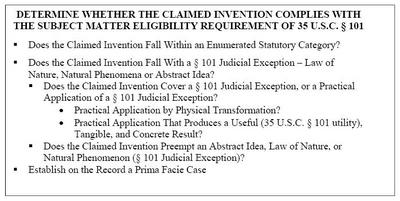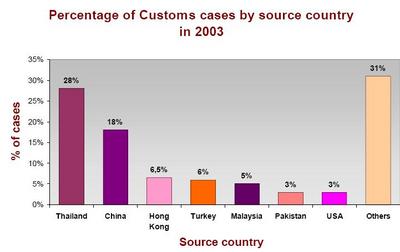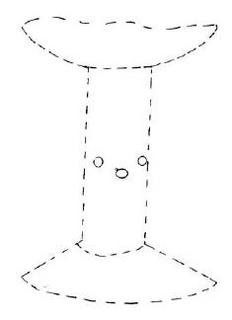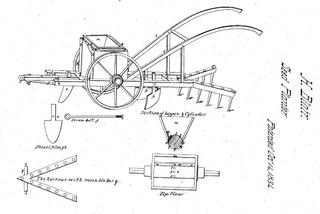USPTO Issues Interim Guidelines on Patentable Subject Matter

"35 U.S.C. § 101 defines four categories of inventions that Congress deemed to be the appropriate subject matter of a patent: processes, machines, manufactures and compositions of matter. The latter three categories define "things" or "products" while the first category defines "actions" (i.e., inventions that consist of a series of steps or acts to be performed). See 35 U.S.C. 100(b) ("The term ‘process’ means process, art, or method, and includes a new use of a known process, machine, manufacture, composition of matter, or material.")."
"The subject matter courts have found to be outside of, or exceptions to, the four statutory categories of invention is limited to abstract ideas, laws of nature and natural phenomena. While this is easily stated, determining whether an applicant is seeking to patent an abstract idea, a law of nature or a natural phenomenon has proven to be challenging. These three exclusions recognize that subject matter that is not a practical application or use of an idea, a law of nature or a natural phenomenon is not patentable."
"To satisfy section 101 requirements, the claim must be for a practical application of the § 101 judicial exception, which can be identified in various ways:
- The claimed invention "transforms" an article or physical object to a
different state or thing.- The claimed invention otherwise produces a useful, concrete and
tangible result, based on the factors discussed below.""One may not patent a process that comprises every "substantial practical application" of an abstract idea, because such a patent "in practical effect would be a patent on the [abstract idea] itself." Benson, 409 U.S. at 71-72, 175 USPQ at 676; cf. Diehr, 450 U.S. at 187, 209 USPQ at 8 (stressing that the patent applicants in that case did "not seek to pre-empt the use of [an] equation," but instead sought only to "foreclose from others the use of that equation in conjunction with all of the other steps in their claimed process"). Thus, a claim that recites a computer that solely calculates a mathematical formula (see Benson) or a computer disk that solely stores a mathematical formula is not directed to the type of subject matter eligible for patent protection."
"The following tests are not to be applied by examiners in determining whether
the claimed invention is patent eligible subject matter:(A) "not in the technological arts" test
(B) Freeman-Walter-Abele test
(C) mental step or human step tests
(D) the machine implemented test
(E) the per se data transformation test."










 "consists of two holes and a handle, which are meant to represent and give the appearance of the eyes and nose features of a face on a tubular section of the barbecue." The applicanty went on in the briefs to describe this design as representing
"consists of two holes and a handle, which are meant to represent and give the appearance of the eyes and nose features of a face on a tubular section of the barbecue." The applicanty went on in the briefs to describe this design as representing According to
According to 



